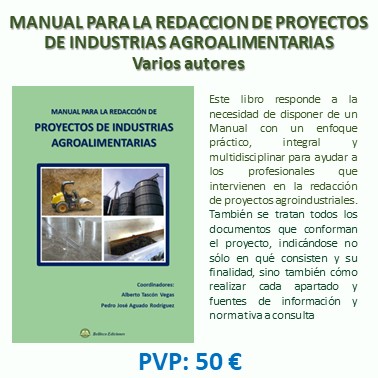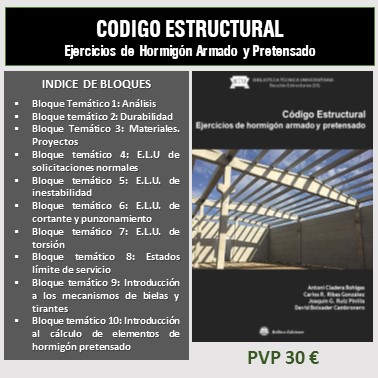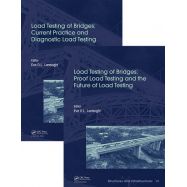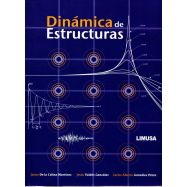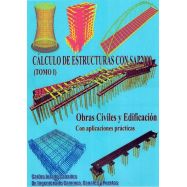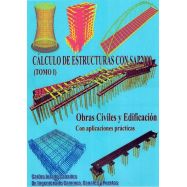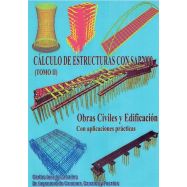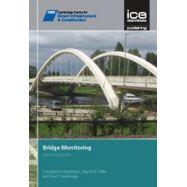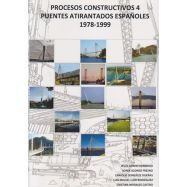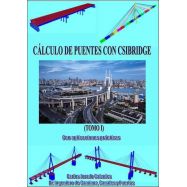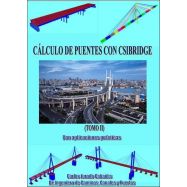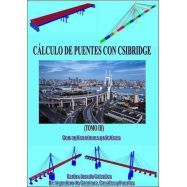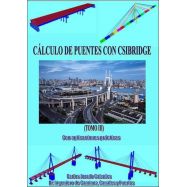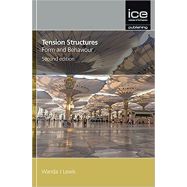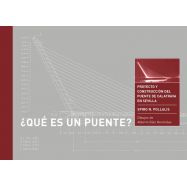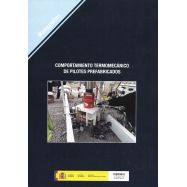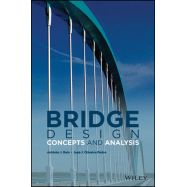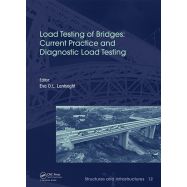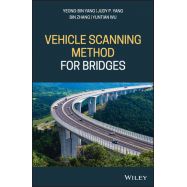Ningún producto
Materias
- BELLISCO EDICIONES. Nuestro Fondo Editorial
- FONDOS EDITORIALES EN DISTRIBUCION
- LIBROS TECNICOS EN INGLES
- ARQUITECTURA - URBANISMO
- AUTOMOCION - MOTORES - VEHICULOS
- AVIONICA - AERONAUTICA
- CALIDAD - EMPRESARIALES - GESTION
- CIENCIAS EXACTAS - MATEMATICAS
- CIENCIAS NATURALES Y APLICADAS
- CIENCIAS DE LA TIERRA - INGENIERIA DEL SUELO
- DICCIONARIOS TECNICOS
- ESTRUCTURAS - CONSTRUCCION
- FORMACION PROFESIONAL
- HIDRAULICA - INGENIERIA SANITARIA - AGUAS
- INGENIERIA CIVIL - OBRAS PUBLICAS
- INGENIERIA MECANICA E INDUSTRIAL
- INSTALACIONES . GENERALES, EN EDIFICACION E INDUSTRIALES
- MATERIALES
- MEDIO AMBIENTE
- NORMATIVA
- OPOSICIONES
- PREVENCION DE RIESGOS LABORALES
- PROGRAMAS INFORMATICOS DE CALCULO
- TECNOLOGIA DE LOS ALIMENTOS: Industrias: Conservación, envasado y cadenas alimentarias
- TELECOMUNICACIONES - INFORMATICA - TECNOLOGIA DE LA INFORMACION
- OUTLET DE BELLISCO: Descuentos de hasta el 80%
- RELIGION, TEOLOGIA, MORAL Y ESPIRITUALIDAD
- VARIOS
- OFERTAS
- PROMOCIONES
- NEWSLETTER
- CATEGORIAS DESTACADAS
- ULTIMAS NOVEDADES BELLISCO
- ARQUITECTURA SOSTENBILE
- URBANISNO
- MATEMATICAS EN GENERAL
- AGRONOMOS-AGRICULTURA-FORESTALES
- ELECTROMAGENTISMO-ELECTRONICA-ELECTRICIDAD
- INGª Y MECÁNICA DEL SUELO. CIMENTACIONES
- TOPOGRAFIA, FOTOGRAMETRÍA, GEODESIA
- EDIFICACION
- ANALISIS DE ESTRUCTURAS, RESISTENCIA DE MATERIALES, ELASTICIDAD, CALCULO MATRICIAL
- OFICIOS VARIOS
- ABASTECIMIENTO Y DISTRIBUCION DE AGUA
- PUENTES
- TUNELES Y OBRAS SUBTERRANEAS
- MAQUINAS Y MECANISMOS
- SOLDADURA
- CLIMATIZACION
- INSTALACIONES DE AGUA
- INSTALACIONES ELECTRICAS CIENCIA E INGENIERIA DE MATERIALES
- ENERGIAS RENOVABLES
- DESARROLLO SOSTENIBLE
- INFORMATICA-SISTEMAS-FORMACION-PROGRAMAS
-
BRIDGE TRAFFIC LOADING. From Research to Practice
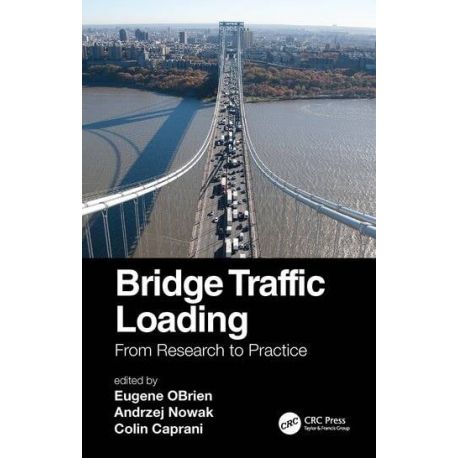 Ver más grande
Ver más grande Referencia: Código 10946
Febrero de 2024 - Eugene OBrien, Andrzej Nowak, Colin Caprani - Refª 10946
Eugene OBrien, Andrzej Nowak, Colin Caprani
Febrero de 2024 Páginas: 236 Edición en tapa blanda
Código 10946 ISBN/EAN: 9781032101361
DESCRIPTION:
There is considerable uncertainty about what level of traffic loading bridges should be designed for. Codes specify notional load models, generally to represent extreme levels of normal traffic, but these are often crude and have inconsistent levels of safety for different load effects. Over the past few decades, increasing quantities of reliable truck weight data has become available and it is now possible to calculate appropriate levels of bridge traffic loading, both for specific bridges and for a road network.
Bridge Traffic Loading brings together experts from all over the world to deliver not just the state-of-the-art of vertical loading, but also to provide recommendations of best-practice for all the major challenges in the field – short-span, single and multi-lane bridge loading, dynamic allowance and long-span bridges. It reviews issues that continue to be debated, such as which statistical distribution is most appropriate, whether free-flowing or congested traffic governs and dealing with future traffic growth. Specialist consultants and bridge owners should find this invaluable, as will regulators.
TABLE OF CONTENTS:
1. Introduction
2. Vehicles and Gross Vehicle Weight
3. Short-to-Medium Span Bridges
4. Dynamic Load Allowance
5. Long Span Bridge Loading
6. Factors Affecting the Accuracy of Characteristic Maximum Load Effects
Biography
Eugene O’Brien is Professor of Civil Engineering at University College Dublin. He has previously worked in industry and led the study that resulted in an increase in the allowable weights of trucks in Ireland. He has worked on most aspects of Bridge Traffic Loading including Weigh-in-Motion, loading on secondary roads and loading on long-span bridges. He has pioneered new concepts such as scenario modeling, apparent permit vehicles and micro-simulation modeling for long-span bridge load calculation.
Andrzej Nowak is Professor and Department Chair of Civil Engineering at Auburn University. His development of a reliability-based calibration procedure for calculation of load and resistance factors has been successfully applied to calibration of the AASHTO design code for bridges, ACI 318 Code for Concrete Buildings and Canadian Highway Bridge Design Code. He has an Honorary Doctoral Degree from Warsaw University of Technology, he is a Fellow of ASCE, ACI and IABSE, and he has received the ASCE Moisseiff Award, IFIP WG 7.5 Award, Bene Merentibus Medal, and the Kasimir Gzowski Medal from the Canadian Society of Civil Engineers.
Dr Colin Caprani is a Senior Lecturer in Civil Engineering at Monash University. He has worked as a design structural engineer on a wide range of projects, including integral bridges and new-concept bridge beam development. He is an Associate Editor of the ASCE Journal of Bridge Engineering and Structural Safety.
Descripción
Existe una considerable incertidumbre sobre para qué nivel de tráfico se deben diseñar los puentes de carga. Los códigos especifican modelos de carga nocionales, generalmente para representar niveles extremos de tráfico normal, pero a menudo son toscos y tienen niveles de seguridad inconsistentes para diferentes efectos de carga. En las últimas décadas, se ha estado disponible en cantidades cada vez mayores de datos confiables sobre el peso de los camiones y ahora es posible calcular niveles apropiados de carga de tráfico en puentes, tanto para puentes específicos como para una red de carreteras.
Bridge Traffic Loading reúne a expertos de todo el mundo para ofrecer no sólo lo último en carga vertical, sino también recomendaciones de mejores prácticas para los principales desafíos en el campo: tramos cortos, y carga de puentes de varios carriles, tolerancia dinámica y puentes de luces largas. Revisa cuestiones que siguen debatiéndose, como qué distribución estadística es más apropiada, si gobierna el tráfico libre o congestionado y cómo abordar el crecimiento futuro del tráfico. Los consultores especializados y los propietarios de puentes deberían considerar esto de gran valor, al igual que los reguladores.
Tabla de contenido
1. Introducción
2. Vehículos y peso bruto del vehículo
3. Puentes de luz corta a media
4. Asignación de carga dinámica
5. Carga de puentes de tramo largo
6. Factores que afectan la precisión de los efectos característicos de la carga máxima
TAMBIEN LE PUEDE INTERESAR
- 125,84 €
- 160,55 €
- 45,00 €
- 67,00 €

